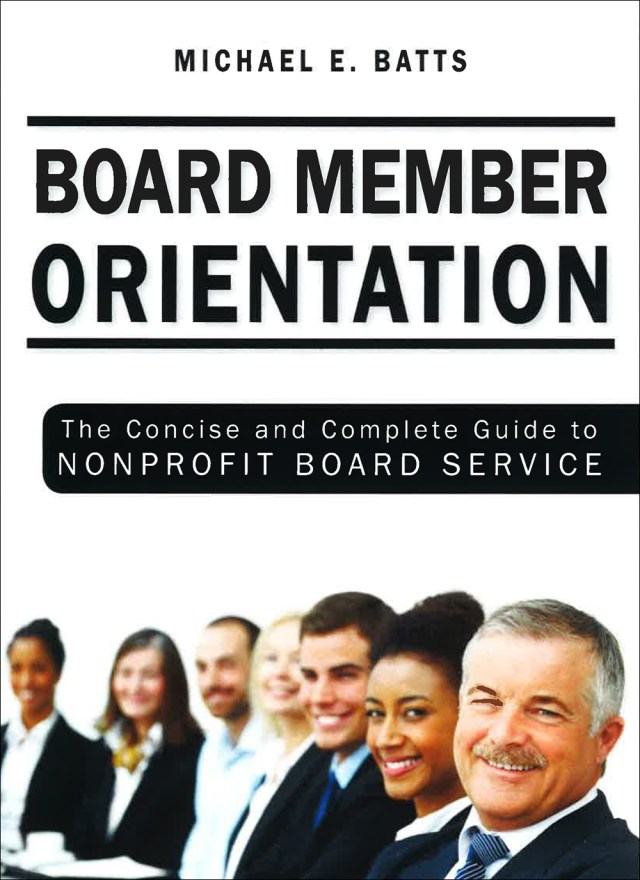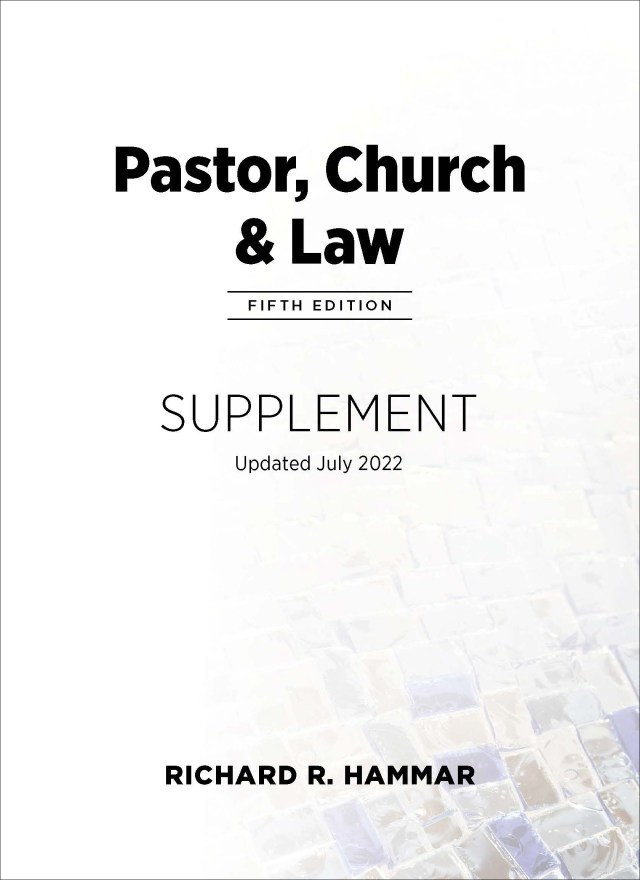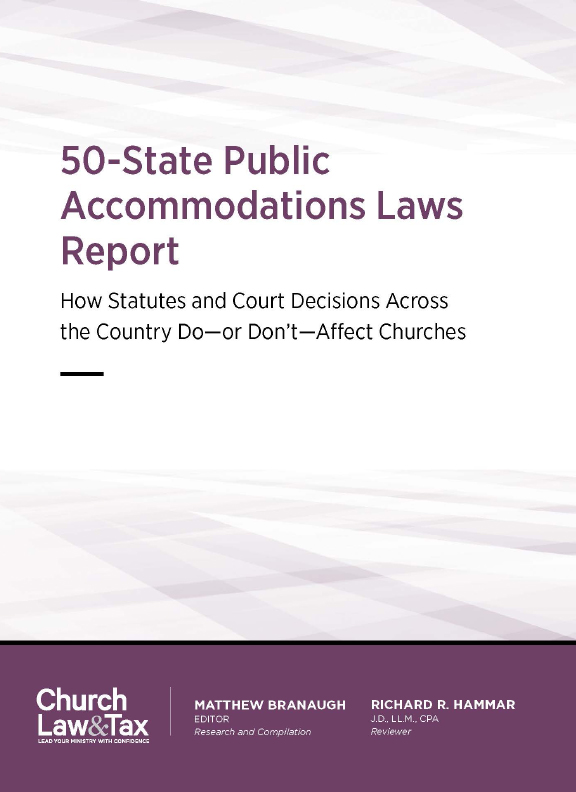Q: We would like to create a risk management team in our church. What kinds of volunteers should we try to recruit for this ministry? How do other churches use a safety team to help oversee church people, property, and ministries?
The answer is probably yes
Your church is to be commended for recognizing the need to take steps to prevent problems before they happen—the very essence of risk management. Many churches have begun to work on comprehensive risk management plans that thoughtfully consider and address the exposures involved in their ministries.
Resource: Learn how to development a risk management strategy for your church in this downloadable resource.
Choose the right people
Recruiting the right people to develop the plan is an important aspect of creating an effective plan. Create one or more committees of people who understand and value risk management. Include professionals in areas you intend to address, such an accountant for financial issues, a builder for structural ones, and an attorney for liability issues.
Plan development is generally best undertaken by a team. For the team to be effective, it’s important that they be granted sufficient authority by the church to put an effective plan into place.
When a church begins work on a comprehensive risk management plan, the process can seem daunting. Keep it manageable by breaking the project down into smaller steps. Ask the right people (and enough of them) to complete each one and develop a project plan with firm delivery dates along the way.
Six steps to take
Here are six steps recommended by Brotherhood Mutual for developing a workable, well-thought-out risk management plan for your church:
- Identify the hazards. Determine what areas of your ministry might pose risks. Consider any hazard that can cause injury, illness, death, loss, or damage to equipment or property. Consider a variety of “what if” scenarios.
- Assess the risks. Estimate the probability and severity of each potential risk. Think in terms of worst-case possibilities to get a credible measure of how severe a risk could become. With results in hand, you’ll have a useful tool for identifying which risks should be given closest attention.
- Analyze risk control measures. Investigate specific strategies and tools that reduce or eliminate risks. There’s a range of options, from deciding not to take a risk at all to finding ways to reduce, accept, or transfer the risk.
- Make risk control decisions. Once you have chosen a strategy, determine the level of risk remaining. Do you still think the remaining risk is acceptable? Or should you modify the plan to develop measures to better control the risk? Capture your decisions in writing.
- Implement risk controls. Document your plan fully and implement it with appropriate resources. You’ll also want to communicate the plan—or at least the relevant components—to church employees, volunteers, and members.
- Supervise and review. Make sure everyone is playing his or her role appropriately once your plan is in place. As time passes, review the plan periodically to ensure it’s still working. Get feedback from people involved in all aspects of the plan, and use their comments to modify it as needed.





